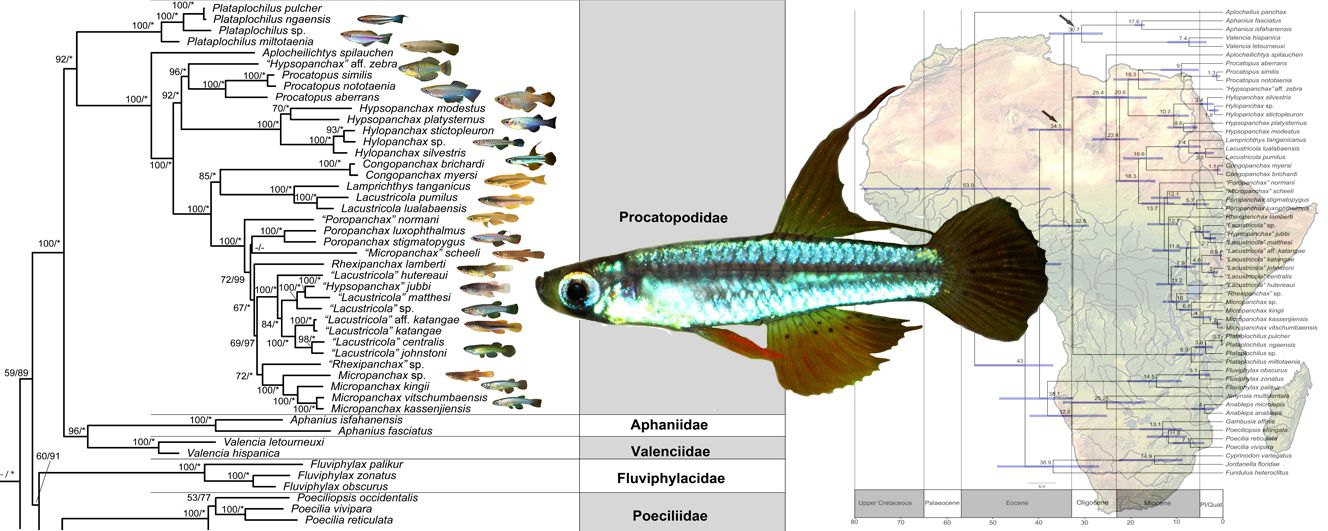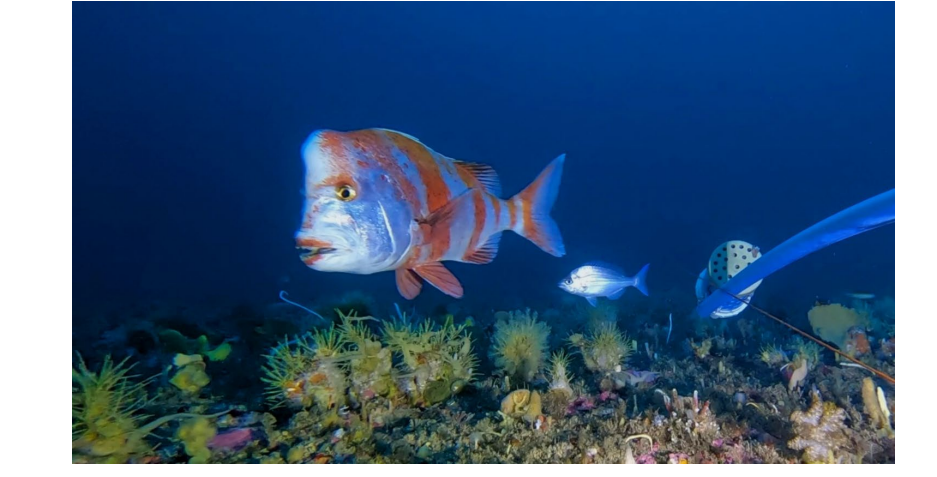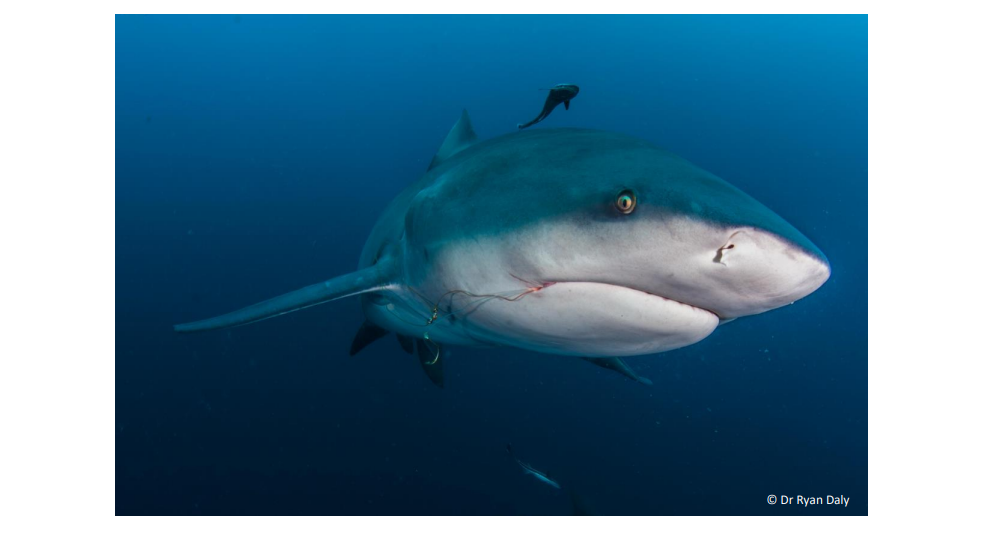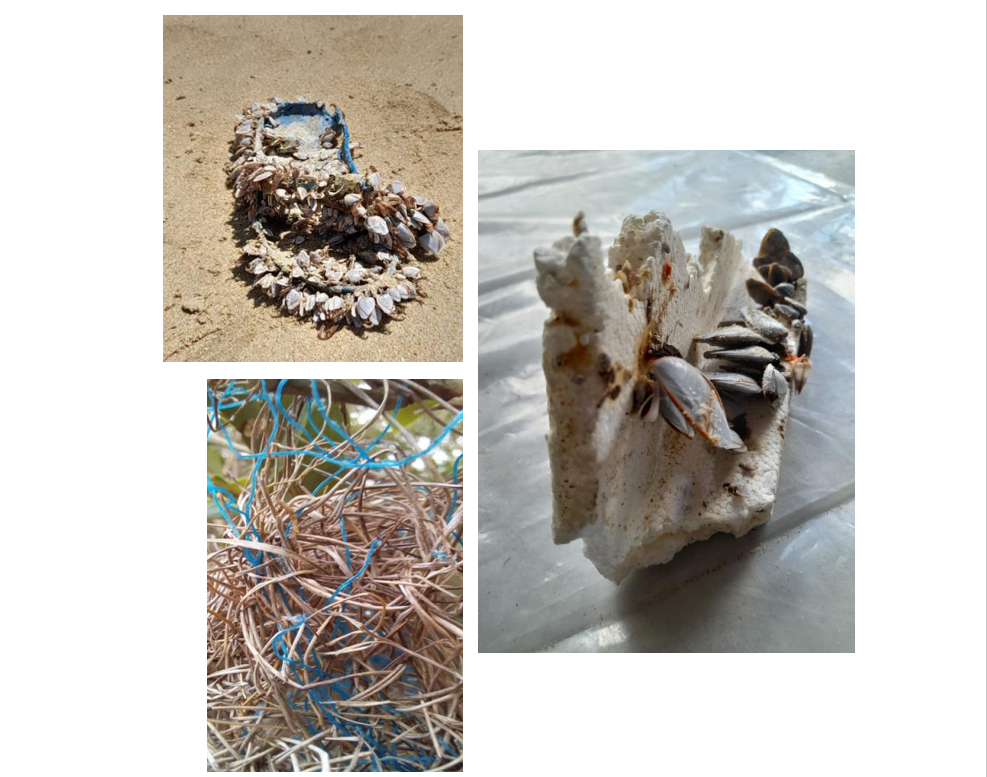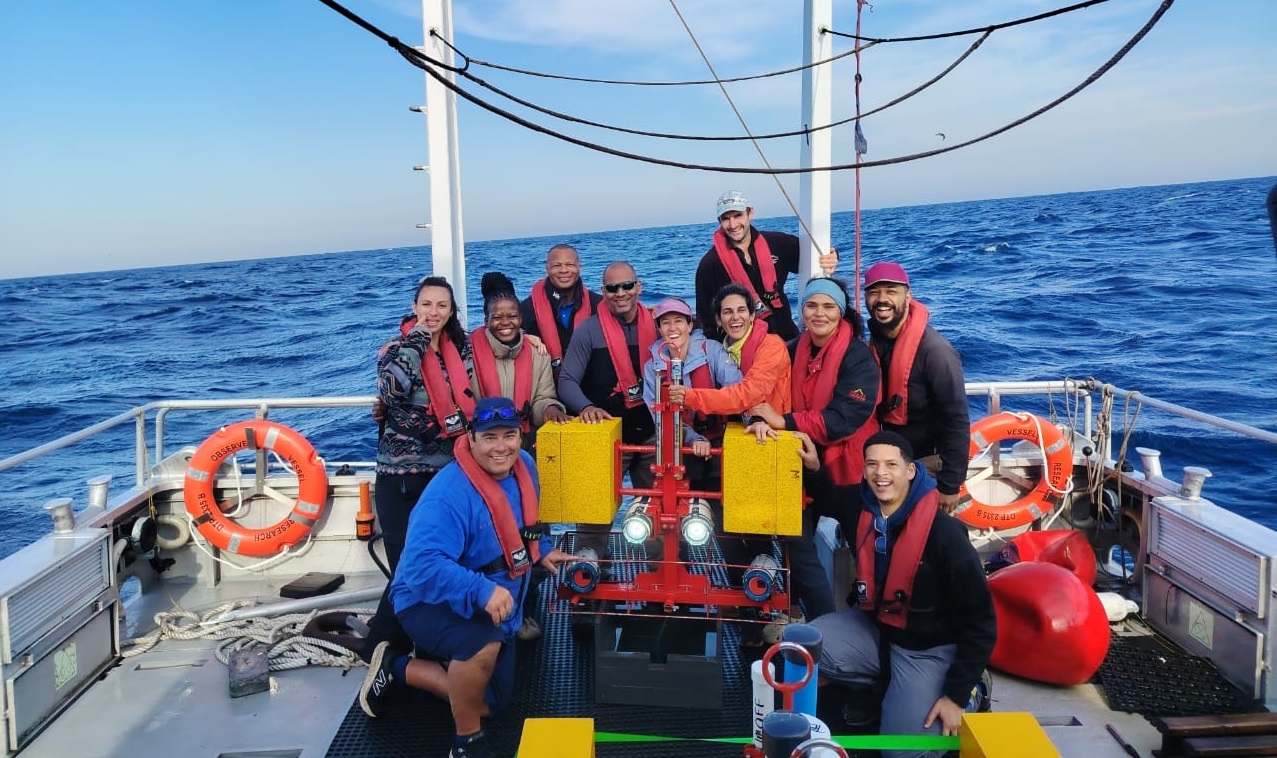Description of Resarch Work
The current research on the southern African lampeye fishes is an extension of previous research carried with the family Procatopodidae during Dr Pedro Bragança (SAIAB Postdoctoral Researcher)’s PhD studies. In this research Dr Bragança reveals for the first time ever, the evolutionary history and relationships between the species of this African endemic fish group. The southern African lampeye fish belongs to the genus ‘Lacustricola’ and is distributed mainly over the savannah environments of southern Africa, where most of its diversification occurred during the Plio-Pleistocene. As a savannah dwelling species, the lampeye fish is known from the heavily vegetated margins of small rivers, brooks, and streams. When examining the collected specimens housed at the NRF-SAIAB Collection Facility, an unexpected diversity was identified and a need to describe the new species was clear. This high diversity contrasted with the historical knowledge that southern Africa freshwater fish diversity is poor, and most species are broadly distributed.
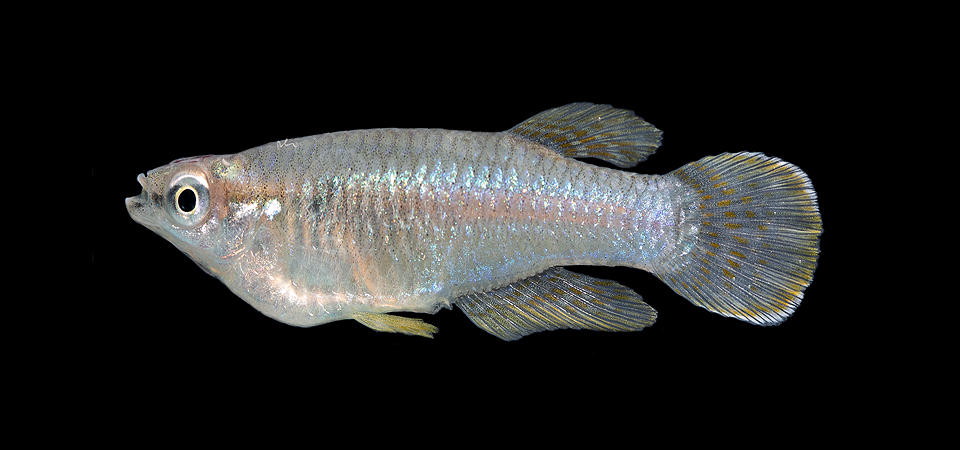
To address the knowledge gaps relative to the ‘Lacustricola’ diversity and distribution, integrative taxonomy methods (based on morphology – the study of the size, shape, features and structures of organisms, and DNA data) are being implemented for determining species boundaries. New species are being described, and previously known species are being redescribed. By now, three key species have been redescribed and a new species has been described.
Dr Bragança will complete a short field trip to the Cunene and Okavango river drainages in Namibia to sample additional specimens that have been identified as new to science, based on museum material. However, little is known about the species colouration in life, and more specimens still need to be studied using molecular methods. After establishing most of the ‘Lacustricola’ species, the project aims to understand how this group diversified in southern Africa, through tracing its evolutionary history and through using biogeography methods to study the distribution of the species in geographic space through geological time. Studying living species, their relationships, and their current distributions is key to understanding the historical events that have shaped our ecosystems as we know them today.
Expected Impacts
This research is expected to impact the field of conservation, once the new species is formally described, and the distribution range of the known ‘Lacustricola’ species is revised. Furthermore, Dr Bragança believes that the record of many species with overlapping distributions provides a unique opportunity for ecological studies focused in understanding species competition, niche overlap, and the ecological role and ecosystemic services provided by these small fishes. The lampeye’s main impact and importance is to keep a healthy ecosystem, representing an important biomass intake for larger fishes which are commonly harvested by small scale fisheries or for subsistence (food security).
Research Team
This research is being conducted by Dr Pedro Bragança (SAIAB Postdoctoral Researcher), SAIAB freshwater fish ichthyologists (A. Chakona, R. Bills, D. Tweddle and P. Skelton), and the Royal Museum for Central Africa (Tervuren-Belgium) researchers E. Vreven and J. van der Zee.
Additional Information
Dr Pedro Bragança gave a presentation as part of the SAIAB Seminar Series on 9 June 2022 titled ‘Disentangling the evolution of the African lampeye fishes: a multidisciplinary approach’. This talk focused on different freshwater fish families occurring in Africa and in the Neotropics, and incorporated up to date practices on integrative taxonomy, phylogenetics and biogeography.
The recording of this presentation is available on our YouTube Channel.

